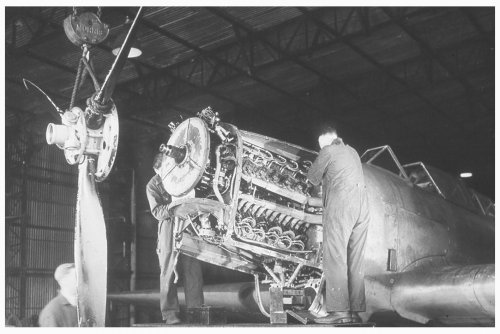A question arising from a post on another board, if RR are allowed to abandon the Vulture in August 1939 when IIRC they asked to do so , how does that leave the Merlin 60 series engines given the supercharger was from the Vulture design – how quickly could a supercharger have been developed for the Merlin if no Vulture?
If RR had decided to build a 2000hp+ engine from scratch rather than trying to combine two Peregrines and succeeded in getting a reliable engine by end of say 1940 what does that do for the need for the Merlin 60 series?
If RR had decided to build a 2000hp+ engine from scratch rather than trying to combine two Peregrines and succeeded in getting a reliable engine by end of say 1940 what does that do for the need for the Merlin 60 series?

